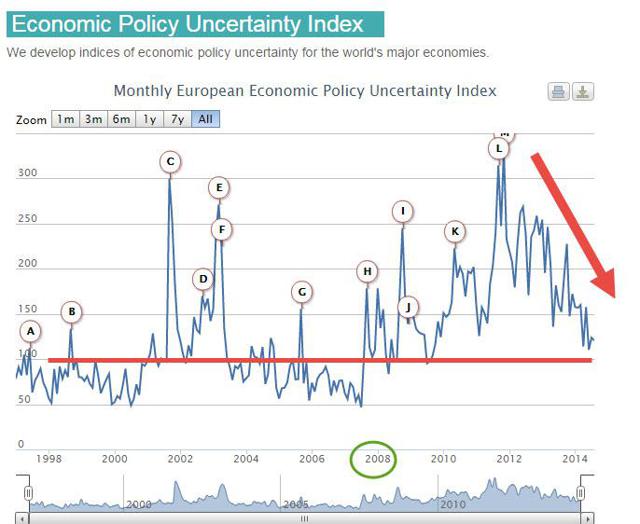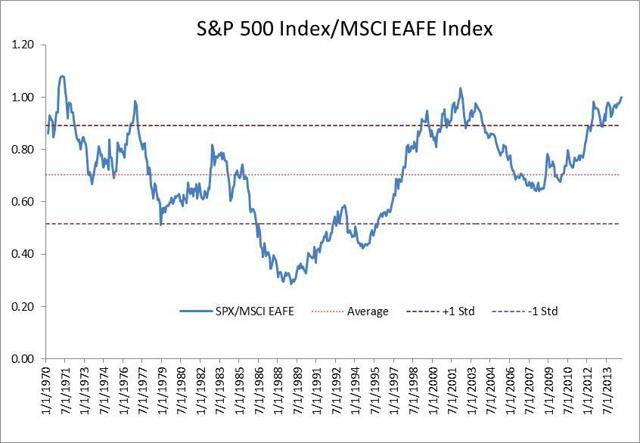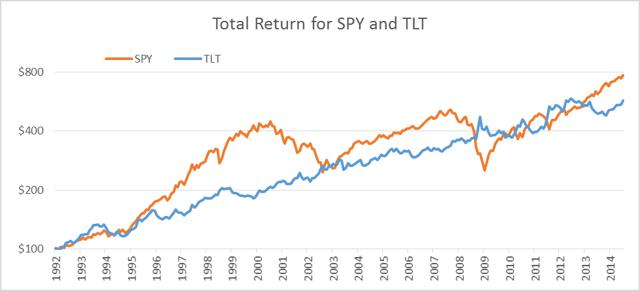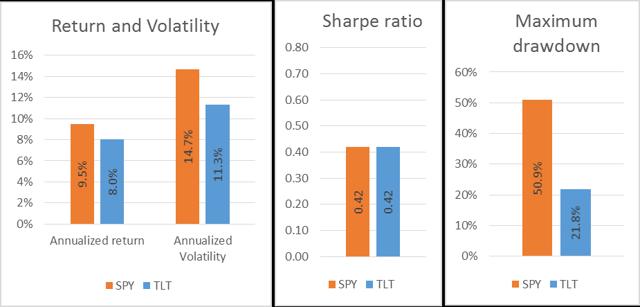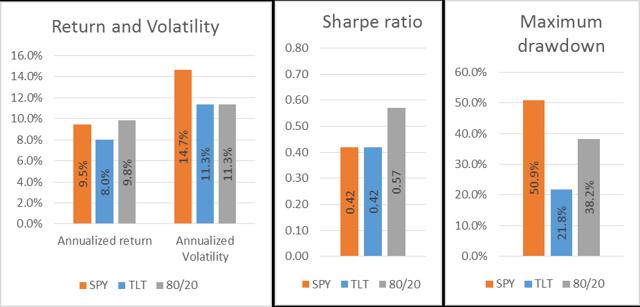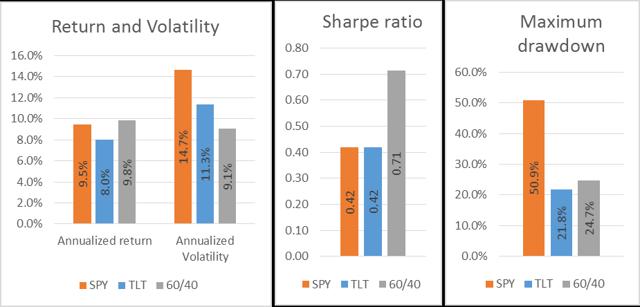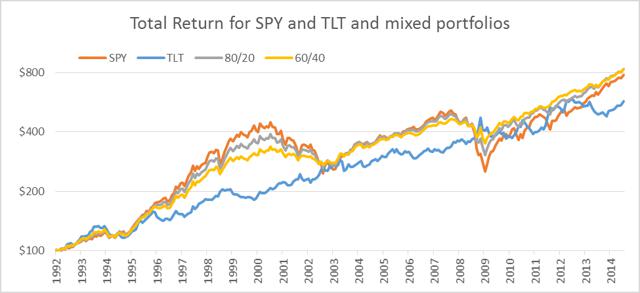In today’s post Wolf Richter offers some solid insights on the dynamics of financial bubbles which merit further comment. The starting point is to recognize that once they gain a head of steam, financial bubbles tend to envelope virtually every nook and cranny of the economy, creating terrible distortions and destructive excesses as they rumble forward. In this instance, Wolf Richter explains how Silicon Valley has once again (like 1999-2000) been transformed into a rollicking capital “burn rate” machine that has spawned a whole economy based on striving for bigger losses, not better profits.
This latter development—- currently exemplified by 44 VC start-up companies in the IPO pipeline with a valuation of more than $1 billion each, despite no earnings and scarce revenues—-is indicative of late stage bubble dynamics. Say January 2000!
Needless to say, our monetary central planners remain hopelessly bubble blind—- still professing to see no significant speculative excesses because they are looking in the wrong place. Janet Yellen, for instance, keeps insisting that stock valuation multiples are still well within “historic ranges”. So do not be troubled.
Well, she’s talking about the global big cap stocks represented in the S&P 500 and is buying the Wall Street ex-items hockey stick that projects $125 per share next year (15.8X) after you exclude recurring “non-recurring” losses; and also after setting aside various asset write-offs that reflect the penchant for capital destruction (job restructurings, plant and store closures and excess purchase price or goodwill charges) that has become epidemic in big company C-suites during the era of bubble finance.
So the bubble blindness starts here. The very last thing you can believe is Wall Street’s version of the so-called broad market multiple—especially near the end of a Fed money printing cycle. When the S&P 500 peaked at 1570 in October 2007, for example, Wall Street’s forward-looking ex-items hockey stick was about $115 for 2008—-or hardly 14X. Nothing to worry about there. It was all good and in the historic range.
Until it wasn’t, and the index hit 670—-a 57% plunge—-17 months later. And by the way, ex-items earnings for 2008 came in more than 50% lower—–at about $55 per share, and only $15 per share on an honest GAAP basis.
In the course of my research for The Great Deformation I looked at that period in detail, aggregating the boom period of 2007 and most of 2008 with the bust of early 2009 and the recovery thereafter through the end of 2010.
For the four-year period as a whole, the Wall Street sell side claimed ex-item earnings of $2.42 trillion for the entire basket of big cap global companies. And that was the sum of what actually happened, not the hockey sticks projected for each up-coming year. On average over the period, therefore, the broad market traded at 17.3X ex-items EPS—not “cheap”, as Wall Street had claimed prior to the bust, by any means.
But that’s Wall Street’s version of “earnings”. You would think the Fed would at least give some weight to the fact that in its wisdom, Washington spends several billion per year at the DOJ and SEC prosecuting companies and executives for violations of GAAP—sometimes even hairline infractions. So presumably there is something valuable in adherence to honest and consistent corporate accounting and disclosure.
But when I looked at the same four years (2007-2010) for the S&P 500 based on what companies had actually reported to the SEC in their filings, rather than the manicured version of their earnings touted by Wall Street, it turns out the cumulative net income was only $1.87 billion on a GAAP compliant basis.
So based on the financial reports vouched for by CEOs and CFOs not wishing to risk a spell of hospitality at one of Uncle Sam’s country club’s, S&P 500 earnings were a staggering $550 billion less than the street version. In truth, therefore, the Wall Street version of earnings was over-stated by nearly 30%, and the broad market traded at an average multiple of 23X during this four year period.
This is another way of saying that the market—especially near a bubble top—-is always held to be “not yet fully valued” and tends to trade reliably at about 15X the sell-side’s ex-items hockey stick. And it means absolutely nothing.
At the present moment, in fact, LTM earnings for the S&P 500 are about $100 per share based on GAAP and historically consistent treatment of pension accounting. The market is pushing 20X honest reported earnings, therefore, and is sitting exactly where it was in the fall of 2007. Back then reported earnings peaked at $85 per share—about 18.5X the market top reached during the last Fed bubble.
Self-evidently, the monetary politburo has learned nothing in the interim. And that is especially so for Janet Yellen who spent the spring and summer of 2008 at Fed meetings opining about the to-and-fro of “in-coming” macroeconomic data without even noticing that a ferocious explosion was brewing on Wall Street.
Yet this time the fallacy of Wall Street’s ex-items hockey stick is even more blatant and transparent. During the period since late 2011, the stock market has risen nearly 50% yet reported S&P earnings per share are up hardly 10%. And virtually, the entirety of even that plodding gain is attributable to the surge of corporate buybacks in the interim. Indeed, as the WSJ reminded yesterday, the run rate of share repurchases in the first half of 2014 had nearly regained the blow-off level of 2007.

Beyond that, the corporate profit margins embedded in the $100 per share of GAAP earnings posted for the LTM through June had soared beyond the 2007 peak and was now in financial terra incognita.
So even if we had not experienced an unprecedented 68 straight months of zero interest rates that must now be normalized in the years ahead, and a global boom that is coming unwound everywhere from China and Japan to Turkey, Europe and Brazil, why would you consider a 20X multiple on the big cap stocks “well within the range of historical experience”?
But the next point is even more telling. The S&P 500 is the last place where the bubble finally manifests itself. During the 66 months since the March 2009 bottom, when the S&P 500 rose by 200%, the speculative precincts of the stock market have soared by orders of magnitude more. The Russell 2000, for example, peaked at a gain of nearly 260%, and, of course, the biotech and social media indices went off the charts, registering gains north of 300%.
What happened, therefore, is blatantly obvious. As the venture capital world cashed-in during the mid-cycle surge, Silicon Valley was flooded with winnings from IPOs and a tsunami of new institutional capital looking to get on the bandwagon. This, in turn, fueled an outpouring of more start-ups, bolder VC valuations and, soon, a plentitude of candidates for the parade of earning-less and increasingly revenue-less IPOs.
As detailed by Wolf Richter below, even the leading venture capitalists now recognize that the insanity of the dotcom era has re-emerged. One of these days, even the monetary politburo may notice. But by then it will be too late. Again.
By Wolf Richter At Wolf Street
Not everything is hunky-dory in the world of stocks. The S&P 500, which has been hovering near its all-time high and hasn’t experienced a decline of 10% in three years, has been the focal point of breathless media coverage. But beneath the surface, the stocks of smaller companies are being put through the meat grinder.
Bloomberg found that 47% of all stocks in the Nasdaq have skidded at least 20% from their 12-month high; 40% of the stocks in the Russell 2000 and, chillingly, 40% of those in the Bloomberg IPO index have made that same trip south. They’re now languishing in their own bear-market purgatory. Investors have been fleeing these companies for months. I wrote about that phenomenon in May, but it has gotten worse since.
Yet, 44 startups that have not yet gone public and have not yet been acquired have valuations of over $1 billion, with five of them in (or nearly in) the $10 billion club. Uber tops the list with a valuation of $18 billion. And Snapchat, one of these $10-billion outfits, doesn’t even have revenues yet.
It’s at this confluence of excess and exuberance on one side and sub-surface carnage on the other that a voice from the venture capital world speaks up: Bill Gurley, a partner at Benchmark and investor in Uber, Zillow, OpenTable, and others, lamented in an interview with the Wall Street Journal the “excessive amount of risk” piling up in Silicon Valley: “In some ways less silly than ’99 and in other ways more silly than in ’99,” he said.
That comparison to the final outburst of craziness of the dotcom bubble before it blew up is ominous, even for him. But not for the entrepreneurs out there today, of whom perhaps as many as 60% or 70%, he said, “weren’t around in ’99, so they have no muscle memory whatsoever.”
And he pointed at the result of nearly free money sloshing into Silicon Valley, and why all excesses end badly: when startups are raising hundreds of millions of dollars, as they are these days, they’re encouraged to spend it, and so they speed up their “burn rate.”
And I guarantee you two things: One, the average burn rate at the average venture-backed company in Silicon Valley is at an all-time high since ’99 and maybe in many industries higher than in ’99. And two, more humans in Silicon Valley are working for money-losing companies than have been in 15 years, and that’s a form of discounted risk.
These “excessive amounts of capital” lead to trouble as startups are getting used to reckless spending.
And that can be seriously, negatively reinforced by the capital market. In the software-as-a-service world, where the risk is potentially among the highest, Wall Street has said it’s OK to lose tons of money as a public company. So what happens in the board rooms of all the private companies is they say, “Did you see that? Did you see they went out and they’re losing tons of money and they’re worth a billion? We should spend more money.” And there are people knocking on their door saying, “Do you want more money, do you want more money?”
They do want more money. To justify the additional capital, these companies, which often don’t have revenues and can’t even imagine what it would be like to generate enough cash internally to survive, increase their burn rate. They move into digs with more expensive leases, and hire more people and increase their compensation, and they serve delicious free lunches…. Excessive capital reinforces every mortal sin a business can commit [read... How the Surge of Hot Money Pushes San Francisco to the Brink].
And so Gurley rephrased what bankers have known for eons – that bad loans are made in good times. The way he sees it “bad business behavior is coincidental with the best of times in our field.” Excessive amounts of capital nurtures this bad business behavior and covers it up and distracts from the core of what a business should do. Incentives get distorted and priorities take a turn for the bizarre. Everyone who has been around the scene with open eyes has seen the symptoms. “So, the crazier things get, the worse people execute,” he said.
Excessive amounts of capital lead to a lower average fitness because fitness, from a business standpoint, has to be cash-flow profitability or the ability to generate cash flow. That’s the essence of equity value. And so I think we get further and further away from that in the headiest of times.
The excesses are spreading around. Now landlords in San Francisco that are charging “two or three times what the rent was three years ago” are demanding 10-year leases, he said. If they thought rents would continue to go up, they wouldn’t try to lock in the current rates for ten years. They know something the startup world has learned in 2000 and 2001 but has already forgotten. But their strategy won’t work.
When the money flow dries up, “the types of gymnastics” that these companies would have to do “to readjust their spend is massive.” When the prior tech bubble imploded, “half the companies went bankrupt, and they couldn’t pay the lease over the 10-year period.” Many of these companies simply evaporated after they’d blown through their investors’ money. In 2001, tech companies announced nearly 700,000 job cuts. And this time? Excessive amounts of capital thrown around willy-nilly by giddy investors with grandiose hopes at companies with puny if any revenues and endless losses always ends badly.
How much does it cost to manipulate the entire IPO and startup market? Not much. And it’s getting cheaper! It was leaked that VC firm Kleiner Perkins Caufield & Byers would sprinkle $20 million on Snapchat. But the tiny deal would raise Snapchat valuation to $10 billion. Read… Pump and Dump: How to Rig the Entire IPO Market with just $20 Million













